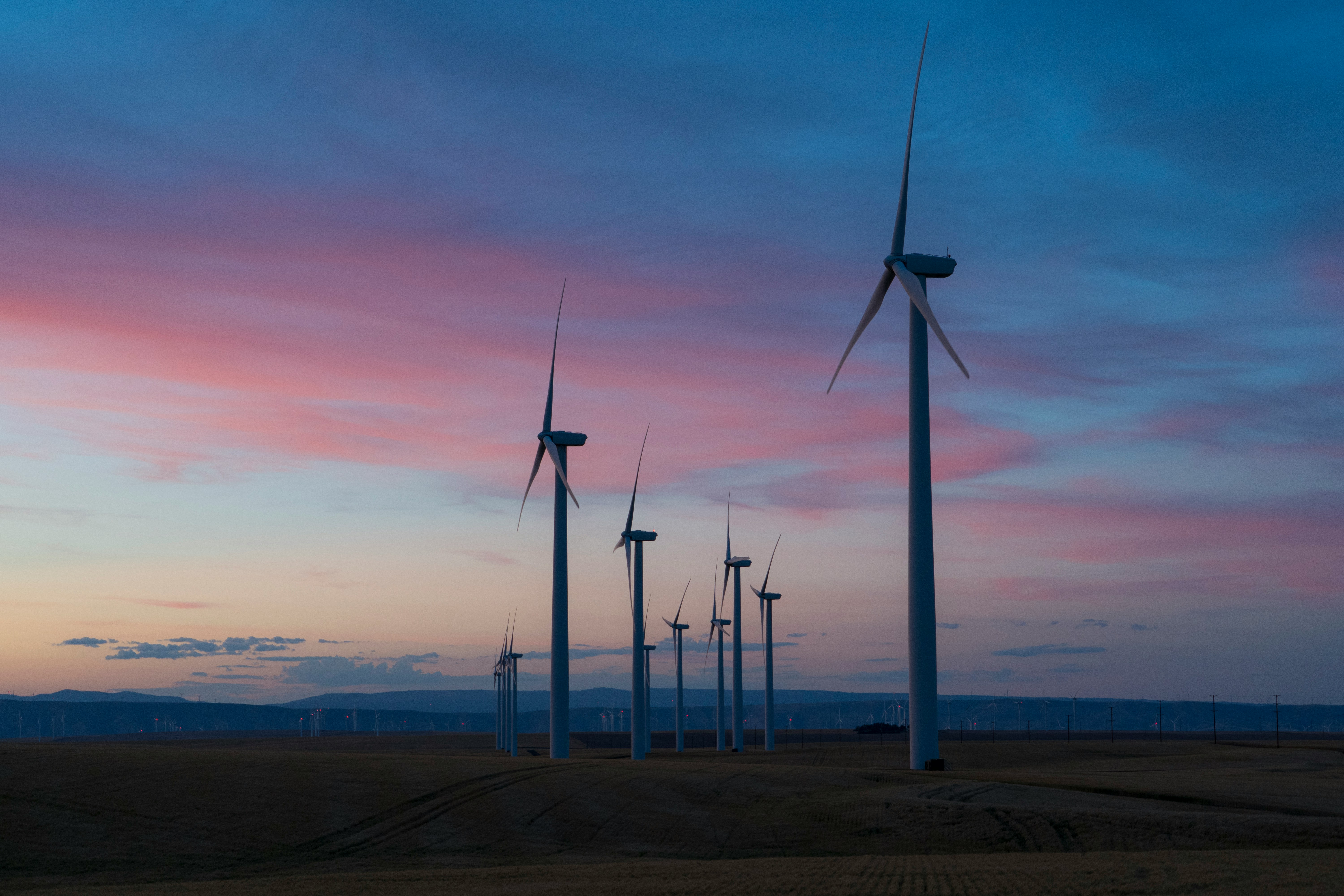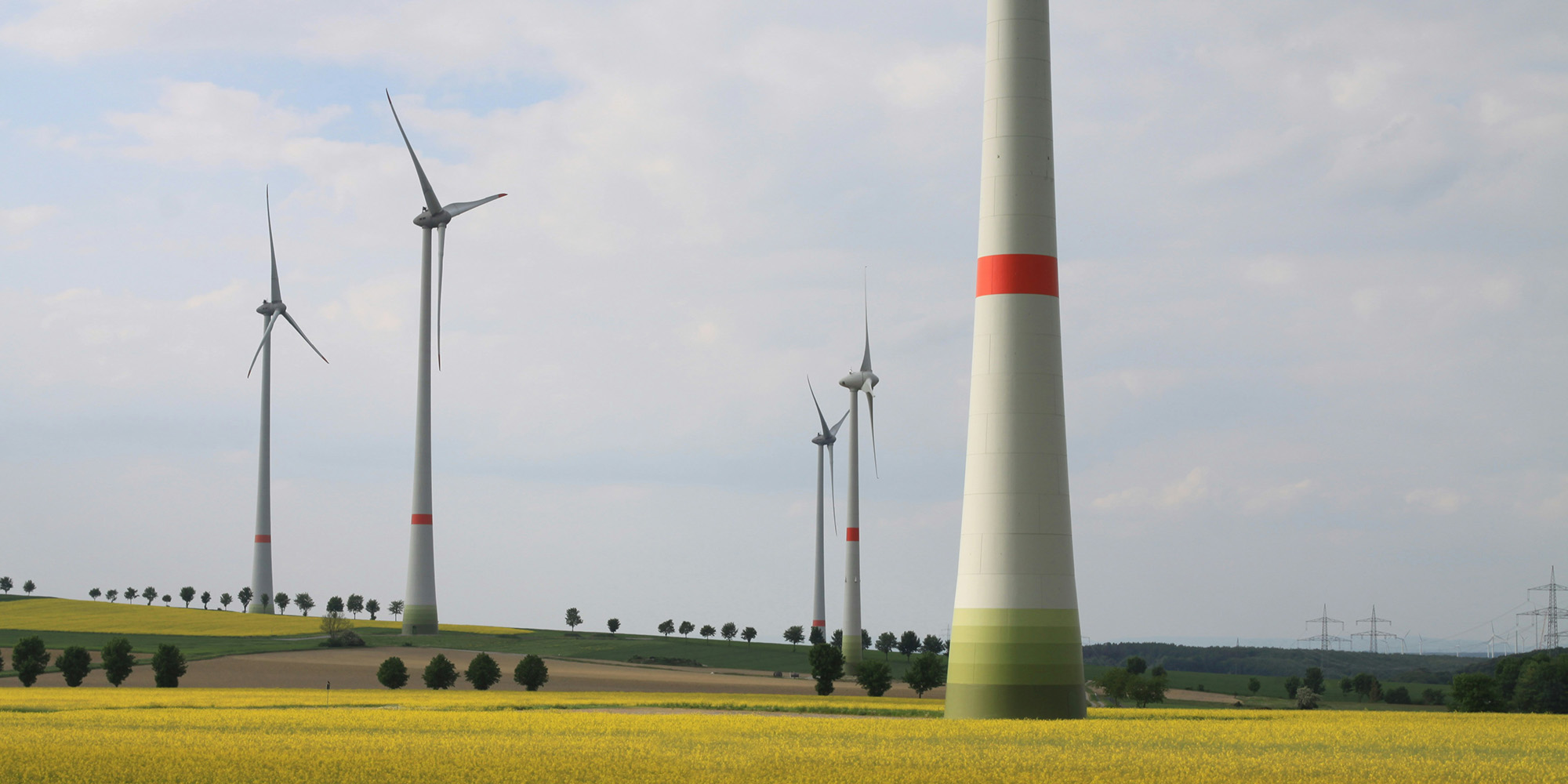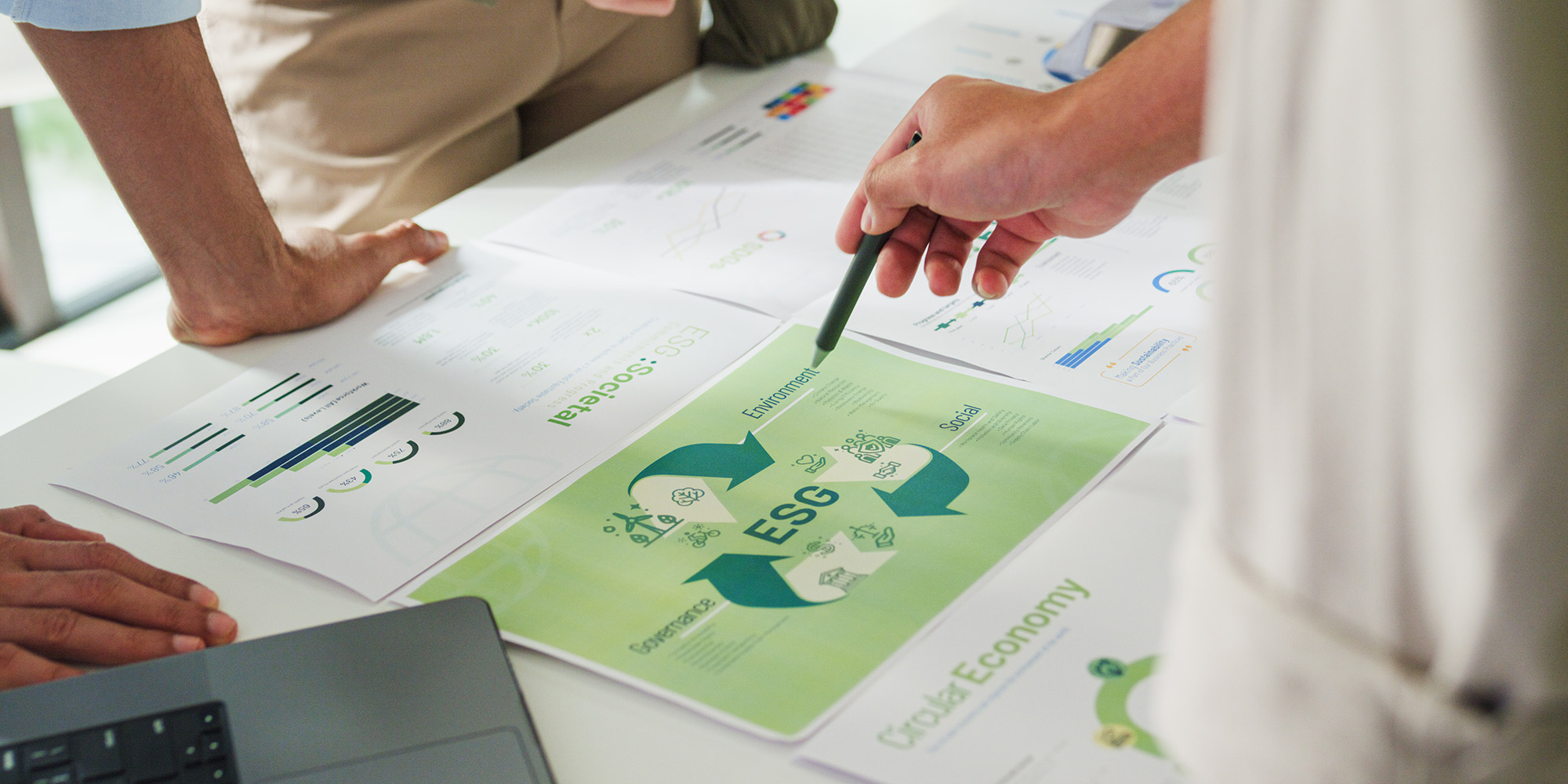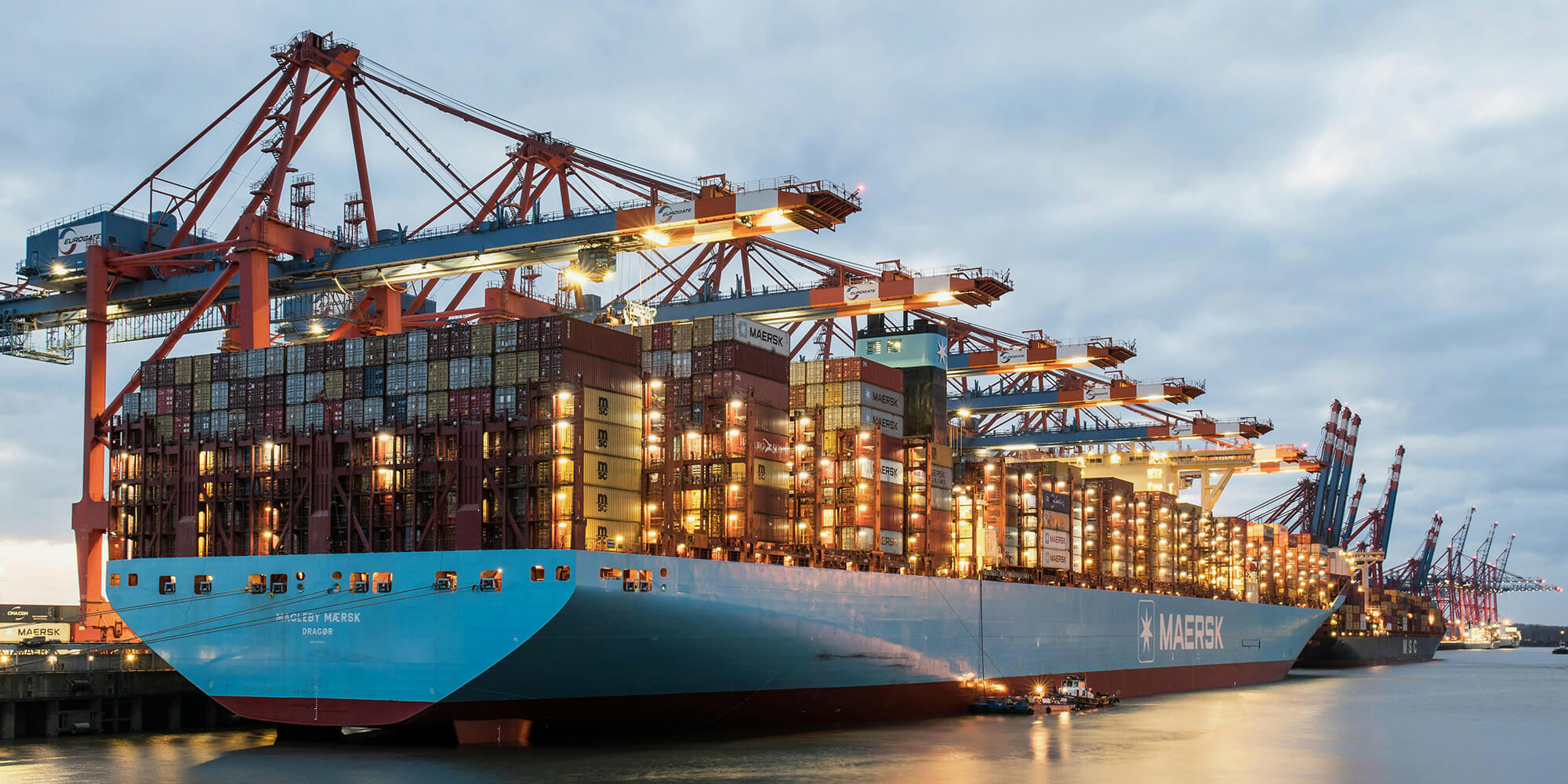In September 2025, clean energy leaders gathered in Houston, Texas, for the annual Renewable Energy Markets conference. Against the backdrop of a second Trump presidency and a complex political climate, expectations were high. However, participants left with a renewed sense of optimism. Here’s a summary of the key discussions.
Wind and solar have taken a hit, but they can bounce back
The rollback of subsidies by the One Big Beautiful Bill (OB3) came as a shock to renewables. So did the order to stop the construction of an Ørsted wind farm off the coast of Rhode Island, which was already 80% complete. Many project developers are asking themselves if this will become the norm.
There is also a feeling within the industry that the public perception of renewable energy was set back decades by rhetoric that presents wind and solar as intermittent, unreliable sources. The sector has to rebuild its narrative, but luckily, there are solid arguments to do so.
A massive influx of demand is coming, partially driven by the AI boom. At the same time, wind and solar have gone from being the most expensive electricity generation technologies to being the cheapest and quickest to build today, outcompeting gas even when paired with storage. And with more power-gobbling data centers being built at speed — as well as overall growing demand — all technologies will be needed to satisfy power requirements.
It is true that most analysts estimate a reduction in renewable capacity added through 2030. However, the industry could end up attracting more investors thanks to the removal of legal barriers created by a complicated tax scheme.
Wind and solar relied on tax breaks to get off the ground. They should be quick to realize that they probably don’t need them anymore.
Companies are going quiet on sustainability. Should we be worried?
“Greenhushing” has become a buzzword. Thanks to the backlash agains ESG, many companies have gone from wanting to be as environmentally conscious as possible to worrying about seeming “too green,” hence removing sustainability from their public-facing annual reports.
There is a legitimate concern within the renewable energy space that the apparent retreat from sustainability by leading companies might discourage newcomers from purchasing renewables. But although sustainability messaging is getting leaner, a deeper analysis of the frontrunners’ actions suggests that climate work has not diminished.
Most large U.S. companies have remained committed to their emissions goals. Many of them have even increased sustainability-related investments, coupling them more closely to their revenue. According to the Net Zero Tracker, net-zero commitments by U.S.-based companies grew 9% in the last year.
Corporates are moving away from selling a “green story,” based on emotional reasons, to integrating climate performance into their financial results. This is not a sign of corporate action dying out — it’s the sound of the argument for sustainability getting stronger.
As PPAs become more expensive, the REC market emerges as a safe bet
Perhaps the sector of the clean energy market that will feel the largest impact from OB3 is Power Purchase Agreements (PPAs). The removal of tax credits is expected to increase project costs by 20–30%, leading to higher PPA pricing.
Developers are expected to cancel or delay PPA-backed projects, leading to an overall drop in PPA transactions, while small- and mid-sized developers will likely exit the market due to reliance on IRA incentives. Overall, Wood Mackenzie’s modeling suggests a 30% drop in future renewable capacity, putting $350 billion in investment at risk.
For renewable energy buyers, the rise in PPA costs might prompt a turn to the unbundled REC market, which gives companies the flexibility to secure the renewable volumes they need in a predictable way. Companies can cover today’s consumption — or even the next two to three years — without locking themselves into long-term deals while they see how the market evolves.
REC prices have remained remarkably stable over the last couple of years, contributing to market stability that is enticing more buyers. Some companies are already purchasing REC volumes for next year in anticipation of a price uptick, driven by increased demand.
At the same time, other solutions are being developed to keep PPAs competitive. For example, LevelTen Energy and Constellation have developed LEAP PPAs and Easy VPPAs, which simplify contract terms and put them within the reach of a broader range of companies.
Buyers who are able to complete PPAs before the subsidies expire will probably hurry to do so. After that, the market will need to reassemble. But in the meantime, RECs will be a solid alternative for corporate buyers to source the clean energy they need.
More reasons for optimism
Renewable energy has weathered storms before, and the industry is not standing still this time around.
One part of the sector has shifted focus to the technologies that fared best in the legislative scrambling, namely hydro, geothermal, and biofuels. Others point to the sharp increase in renewable energy deployment that occurred the first time Donald Trump was in office, driven by corporate voluntary demand.
Anti-renewable policies are also not all-pervasive. Some Republican states are reacting at different paces to replicate federal policies due to the substantial benefits that renewable projects bring to their rural communities — jobs and energy security among them.
All in all, the turbulent political climate can also be read in another light. Caustic criticism of renewables must mean we are doing something right — that the balance has shifted so markedly in favor of clean energy that the fossil fuel sector is exhausting all its political leverage to refute it. As one of the speakers at the conference wisely said: If we were wrong, they wouldn’t be trying so hard to discredit us.
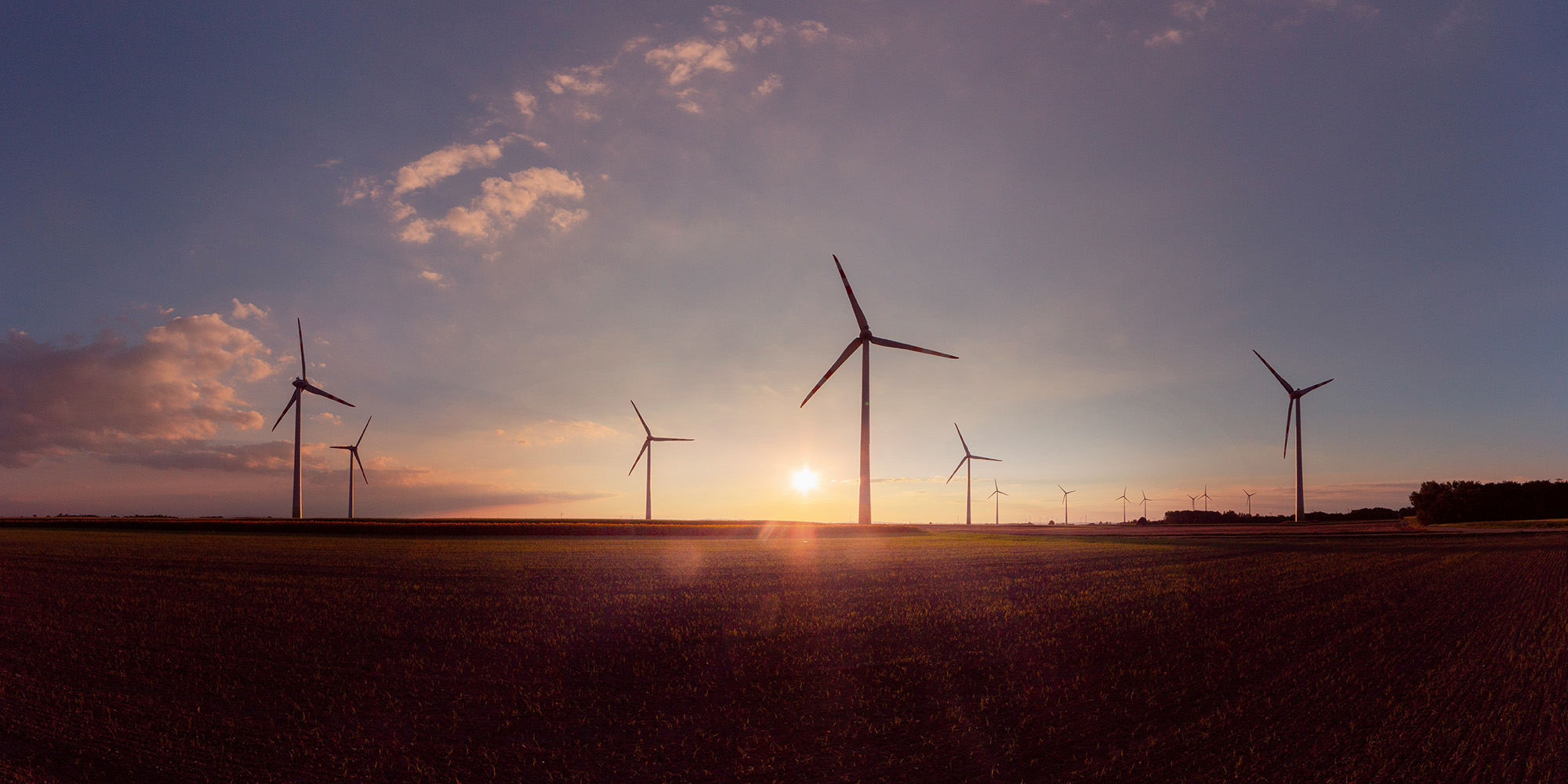

.png?width=3840&height=2560&name=Sun(1).png)

.png?width=3840&height=2560&name=Landscape_2(1).png)
